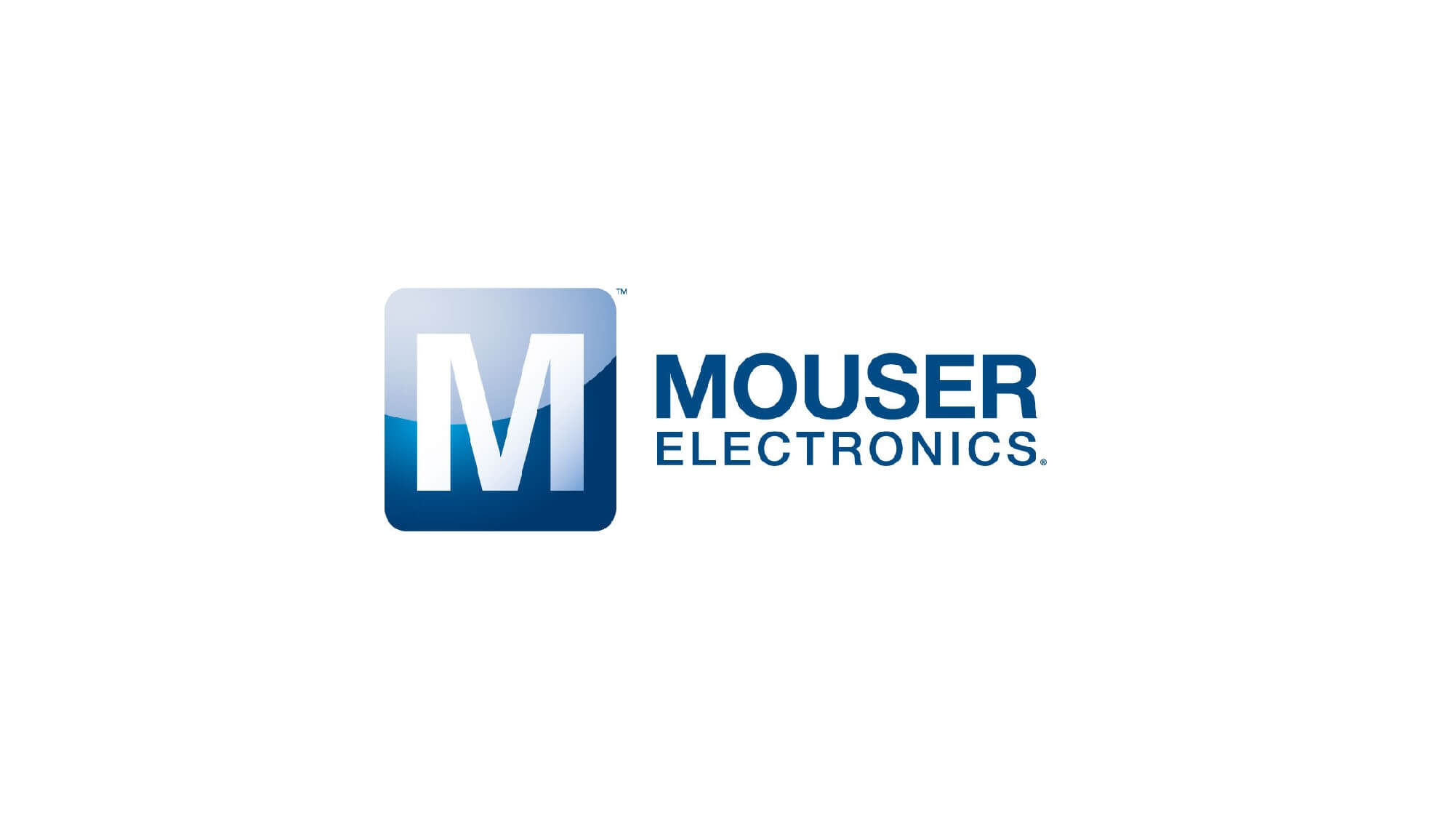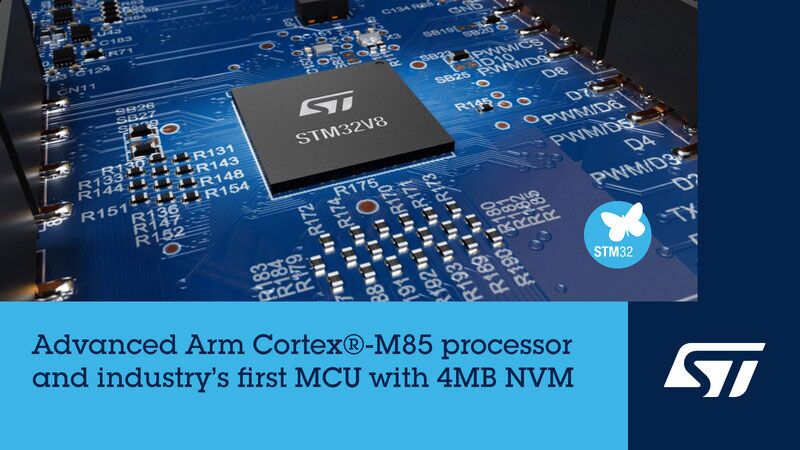Korea pushes SiC power chips as next strategic industry
November 20, 2025 /SemiMedia/ — South Korea has placed power semiconductors at the center of its “super innovation economy” agenda, selecting SK Group as the lead corporate partner for a national initiative targeting the full SiC supply chain. The move marks the first time a major domestic conglomerate has joined a strategic semiconductor project under the current administration. Other chipmakers have been cautious about entering the power device market, but SK accepted the role after the government proposed a public-private model covering materials, manufacturing and packaging. Samsung has also begun internal market research.
Power chips are becoming essential for electric vehicles, humanoid robots and large-scale data centers as they manage high-load power systems with far greater efficiency than silicon-based components. SiC devices offer lower thermal losses and higher durability, and the government expects the global SiC market to grow around 20% annually through 2030, reaching more than USD 10 billion.
SK positioned as anchor company for national value-chain buildout
SK’s participation is expected to narrow Korea’s technology gap with leaders such as Infineon, STMicroelectronics and ON Semiconductor. The government plans to build a complete domestic value chain spanning SiC wafers, chip production and packaging, with SK acting as anchor company. The broader ecosystem will include SMEs, universities and research institutes, supported by regulatory changes intended to ease investment constraints. A senior official said power semiconductors could become a “game changer” on par with high-bandwidth memory (HBM).
Korea remains a latecomer in SiC, and its supply base still relies largely on 6-inch wafers, raising concerns as global production shifts toward more efficient 8-inch manufacturing. China is also accelerating vertical integration of materials and backend processes, adding competitive pressure.
Korea races to close technology gap and expand wafer capacity
Analysts say SK is well-positioned to lead because it already controls critical assets such as SK Siltron, which produces SiC wafers, and SK hynix System IC, which operates foundry lines. Its collaborative approach during the industry’s HBM ramp-up further strengthened trust with domestic partners.
Government targets 2030 mass production under long-term roadmap
The government is preparing a long-term roadmap to 2030. Following the launch of the SiC Power Semiconductor Task Force in September, detailed R&D goals will be finalized in November and reviewed by the National Science and Technology Advisory Council in the first half of 2026. Prototype production using an 8-inch public wafer fab is scheduled for 2027, with mass production targeted for 2030. The plan aims to raise the local technology self-sufficiency rate for SiC power chips from about 10% today to 20%.












All Comments (0)